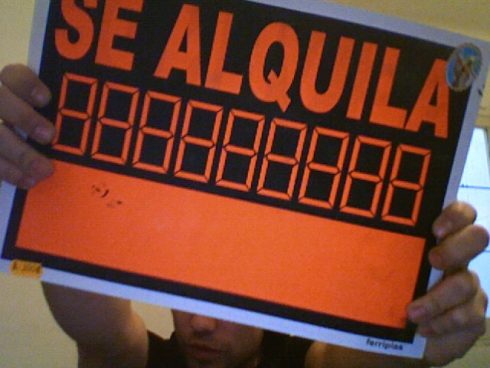WE like to think of tooth whitening as a new, modern procedure… but did you know that the in-office bleaching technique was popular in the late 1800s and early 1900s?
Fast forward another century or so and despite technological and chemical advances, the debate still rages about whether whitening is effective, safe and of course which system works best.
There is a wide range of materials and techniques available; tray systems to be used at home, light activated systems for a ‘one-off’ clinical visit, different product concentrations and many associated over the counter whitening gels.
There is no doubt that many people want whiter teeth… but patients frequently ask me ‘does whitening work?’.
There has been extensive research dedicated to answering this question and in keeping with my beliefs in being as honest as possible with all my patients, I am afraid that the bottom line can be a little disappointing.
These studies have shown that response to whitening is a very individual response. Just as we have different, genetically determined hair and eye colors, we apparently all have different maximum tooth colors and different rates of change.
Hence some people can tray-whiten their teeth in 3 nights, whereas for others it takes 6 weeks; some can get successful results with one in-office treatment, whereas others need multiple visits.
Clearly, whitening is more tooth specific than it is product or technique specific and my patients must be made aware that the results of this treatment option are therefore not totally predictable.
Of course, we do have guidelines to help aid best patient selection. We know that patients whose teeth are more on the ‘grey’ side will not lighten as easily as those that are starting with more ‘yellow’ shades.
Also, if teeth are stained or have lots of calculus present it will prevent us getting the best result and must be removed first. In addition, for all forms of vital bleaching (i.e. on teeth that are not root treated) some level of transient sensitivity occurs so we try to select a system appropriate for the patient.
It now becomes obvious that using the strongest concentration may not guarantee better results as research shows the tooth has a finite limit; once the limit for that person’s teeth is reached, the tooth color will not change any further and instead you may just get more sensitivity from using a higher strength.
If you are considering lightening the shade of your teeth, speak to your dentist, as they can diagnose any underlying problems and advise you if tooth whitening might be the best option for you to try.








